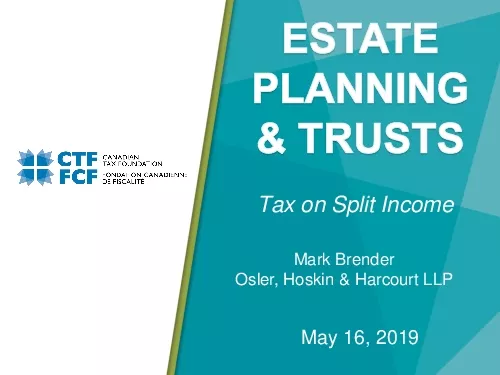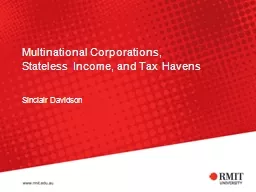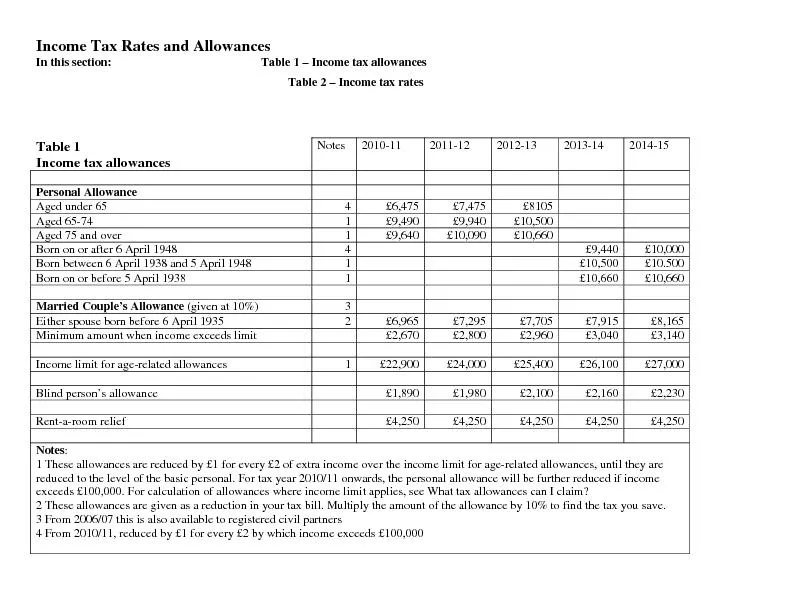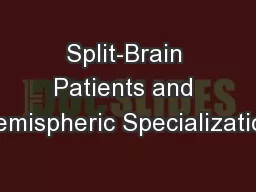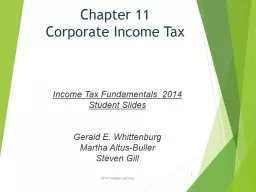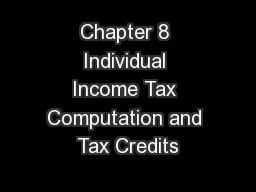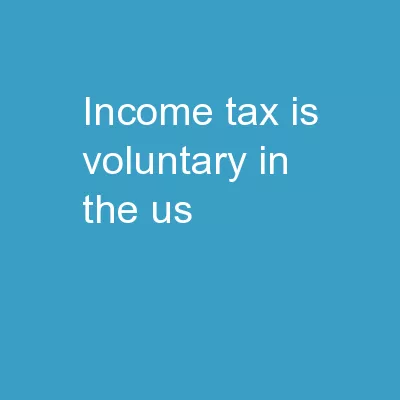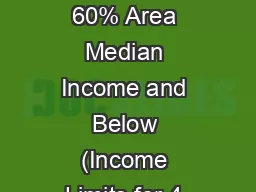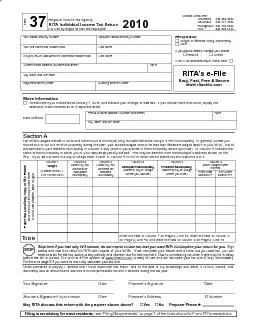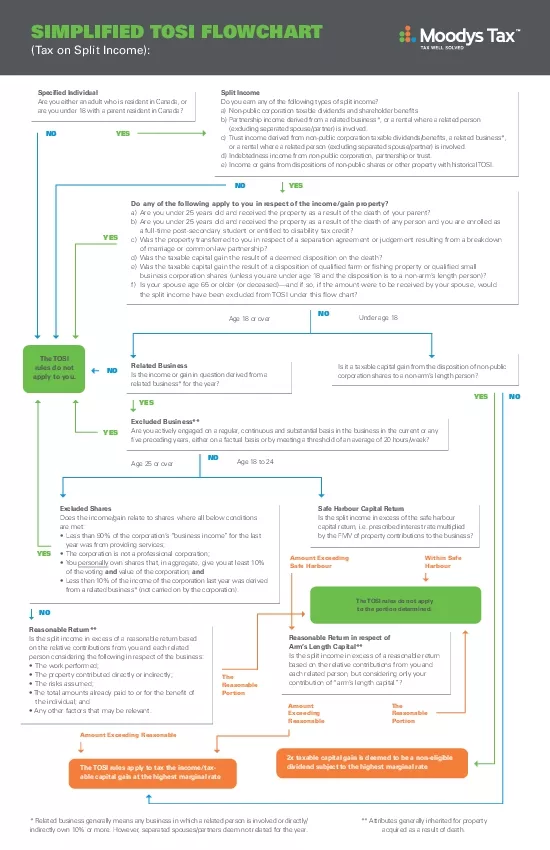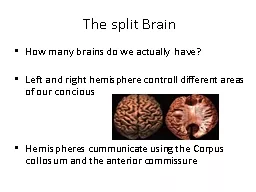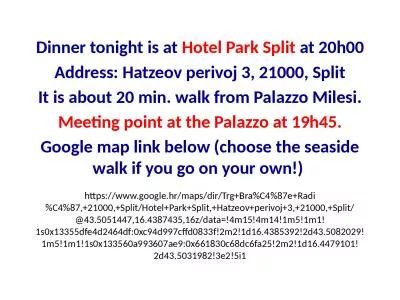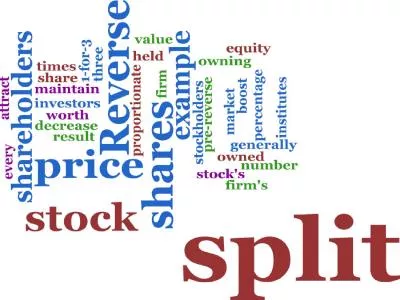PDF-Tax on Split Income
Author : harmony | Published Date : 2021-08-06
Mark BrenderOsler Hoskin Harcourt LLPMay 16 20192Estate Planning Trusts TOSI The Old Kiddie Tax Regime3Estate Planning Trusts Mark Brender May 16 2019Framework of
Presentation Embed Code
Download Presentation
Download Presentation The PPT/PDF document "Tax on Split Income" is the property of its rightful owner. Permission is granted to download and print the materials on this website for personal, non-commercial use only, and to display it on your personal computer provided you do not modify the materials and that you retain all copyright notices contained in the materials. By downloading content from our website, you accept the terms of this agreement.
Tax on Split Income: Transcript
Download Rules Of Document
"Tax on Split Income"The content belongs to its owner. You may download and print it for personal use, without modification, and keep all copyright notices. By downloading, you agree to these terms.
Related Documents

